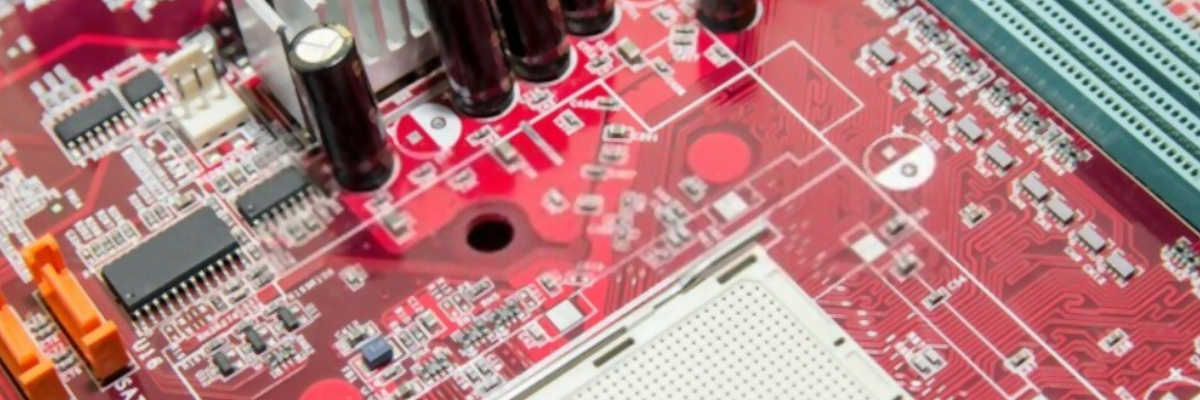Three Common Mistakes to Avoid in the Design Phase of PCB Prototype Fabrication

Three Common Mistakes to Avoid in the Design Phase of PCB Prototype Fabrication
Prototyping is a common procedure for most electronic components including printed circuit boards (PCBs). How businesses design and develop their electronic products has changed over the years. This impact can be felt in PCB design, too. Generally, the PCB design serves as the base for PCB prototyping where engineers create schematic diagrams that are referred to during all phases of PCB prototyping. Thus, it can be rightly said that this phase marks the beginning of a successful PCB manufacturing and assembly and any mistake made here may jeopardize the entire production. This post analyzes three common mistakes made during the prototype PCB fabrication and offers solutions to overcome them.
Top 3 PCB Design Mistakes That May Occur During Prototype PCB Fabrication
PCB prototype fabrication is a comprehensive process that may involve several steps. Everything starts with a PCB design and it must be performed by skilled design professionals. The process must be documented and followed precisely. Although careful design execution can help improve the accuracy of printed circuit boards, it may not be enough. There are certain mistakes that designers generally during the prototype PCB fabrication phase. The following section elucidates them and offers solutions.
-
Layout Techniques and Design Tools: There are several techniques for laying out schematics. Each of these techniques has its own merits and demerits. It is important to study them carefully before choosing the right technique for your layout. Unlike earlier days, today, the layout is performed using various types of software. Selecting the right software for computer-aided drafting (CAD) is extremely important. This is because choosing the wrong software can have a severe impact on the design and may cause design delays, too. This would increase manufacturing costs later. Along with this, you can also use auto-router, which helps optimize the layout efficiency in CAD applications.
-
Component Placement: A wrong component placement decision in the design phase may affect the PCB functioning badly. How your product will work in the future will depend on the component positioning. The component placement requires some careful considerations, as there are several PCB layout rules. Although the design guidelines may slightly vary across PCB layout rules, there are some common guidelines to consider. This includes the component orientation, organization, and placement of components. For instance, all similar components must be positioned and oriented in the same direction; avoid component placement on the soldered side of the board that lies behind the plated-through hole components; and place through-hole components on the top side of the board and surface mount components on the same side of the board.
-
Address Heating Issues: Have you ever wondered why many PCB prototypes fail during the testing phase or the main function? There may be myriad reasons for this failure, however, the inability to address heating issues in the design phase is one of them. Before commencing with the PC prototype fabrication, the engineers need to identify the components that may heat board the most when in operation. They must also add thermal reliefs, which would help minimize thermal issues.
There are several other mistakes that PCB design engineers end up making in the design phase due to ignorance, lack of knowledge, and other issues. To avoid these mistakes, it is always recommended to partner with trusted and experienced prototype PCB fabrication services like Twisted Traces. The company has successfully helped its clients across industries to build performance-driven and value-centric PCB prototypes. These prototypes have formed a base for several popular electronic products in the market today. The experts at the company work closely with clients through all phases of prototype PCB fabrication. This helps identify areas that require improvement and optimize the performance characteristics of the printed circuit boards.
.png)


